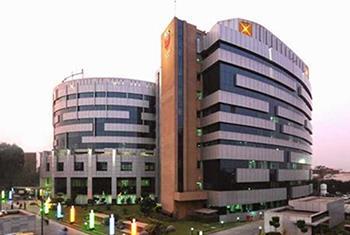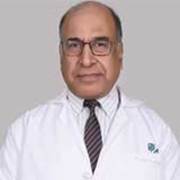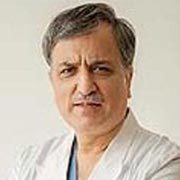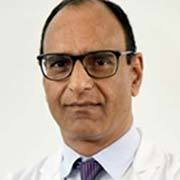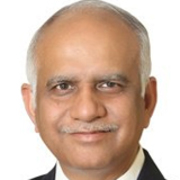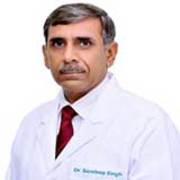Heart Bypass Surgery: Outcomes and Success Rates
Using body grafts and avoiding clogged or narrow arteries, this intricate procedure aims to get the heart pumping again. With an astounding overall success rate of approximately 98%, CABG ensures exceptional survival rates and provides substantial relief from debilitating symptoms.
Factors That Determine the Success Rate of Heart Bypass in India
- Heart bypass surgery has a remarkable range of success rates, ranging from high overall survival rates and symptom relief to improved quality of life and long-term benefits.
- The reasons listed below emphasize the significance of coronary artery bypass grafting (CABG) as an effective and life-changing procedure for patients suffering from coronary artery disease.
The success rate of cardiac bypass surgery is determined by the factors listed below, which are considered when selecting a surgery procedure on an individual basis.
High Overall Survival Rate
- Coronary artery bypass grafting, also known as heart bypass surgery, has a very high overall survival rate—approximately 98%.
- Improvements in anaesthesia, improved surgical methods, and better postoperative care are credited with this success.
Symptom Alleviation
- Relieving symptoms like dyspnoea and chest pain (angina) linked to coronary artery disease is one of the main goals of coronary artery bypass surgery (CABG).
- Following surgery, patients usually have significant relief from these symptoms, which improves their quality of life.
Improved Blood Flow
- By rerouting blood around clogged or constricted arteries, the operation improves blood flow to the heart muscle.
- The patient’s general cardiovascular health is improved and myocardial infarction (heart attack) is prevented by this restoration of proper blood circulation.
Long-Term Benefits
- Research suggests that heart bypass surgery has long-term advantages, such as a lower chance of having another heart attack or experiencing another cardiovascular event.
- The treatment offers long-lasting heart health benefits rather than just a temporary fix.
Enhanced Exercise Capacity
- Following a successful CABG procedure, patients frequently report an increase in their capacity for exercise.
- This is an essential component of the operation’s success because it frees people from the limitations placed on their physical activity by coronary artery disease.
Improvement in Quality of Life
- Heart bypass surgery greatly improves patients’ overall quality of life, going beyond survival and symptom relief.
- When heart-related symptoms are no longer a barrier, people can live more active, satisfying lives.
Decreased Medication Dependency
- Following a successful heart bypass procedure, patients may experience less reliance on the drugs that were first prescribed to treat their symptoms.
- The fact that the patient is taking less medication is a good sign that the surgical intervention was successful.
Prevention of Future Cardiac Events
- CABG is useful in averting cardiac events. By removing clogged or constricted arteries, the procedure lowers the risk of further heart attacks, extending the patient’s life and improving their health.
Enhanced Heart Function
- Enhanced heart function is frequently the consequence of normal blood flow being restored through bypassed arteries.
- This is critical to the patient’s overall cardiovascular health and helps ensure a successful surgical outcome.
Positive Psychological Effect
- Patients who undergo successful heart bypass surgery may experience a positive psychological outcome.
- Anxiety can be reduced, and mental health can be enhanced, by knowing that the surgery has improved their prognosis and addressed serious cardiac issues.
The experience of the cardiac surgeon
- The hospital where you are receiving treatment, the age, general health, and the nature of the heart’s condition can all have an impact on how well a heart bypass surgery goes.
The lower the number of risk factors, the higher the success rate of heart bypass surgery.
Risk factors that can make or break the success rate include diabetes, high blood pressure, and kidney issues.
Taking these factors into account is crucial when choosing whether to have a heart bypass surgery. Additionally, one should be aware of the risks connected to the surgery, which include decreased kidney function and infection. Nonetheless, there is now a much lower chance of these complications.
Consequently, heart bypass surgery success rates will rise.




